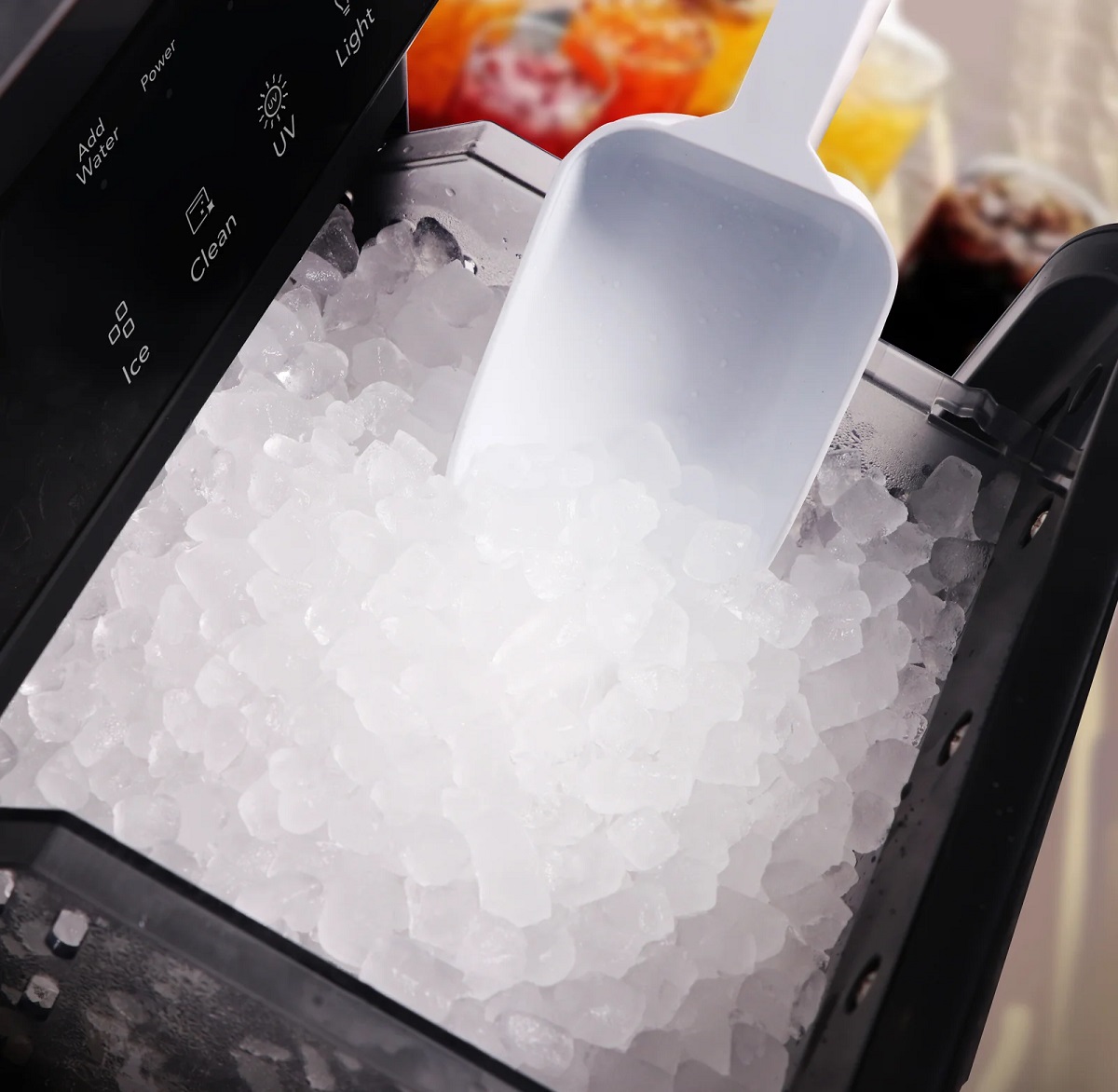

Articles
How To Work A Frigidaire Ice Maker
Modified: February 28, 2024
Learn how to work a Frigidaire Ice Maker with these helpful articles. Find step-by-step instructions and troubleshooting tips.
(Many of the links in this article redirect to a specific reviewed product. Your purchase of these products through affiliate links helps to generate commission for Storables.com, at no extra cost. Learn more)
Introduction
Welcome to this comprehensive guide on how to work a Frigidaire Ice Maker. If you’re a proud owner of a Frigidaire refrigerator or standalone ice maker, having a functional and efficient ice maker is essential for keeping your beverages chilled and refreshing. Understanding how to properly use and maintain your Frigidaire Ice Maker will ensure a steady supply of ice for all your needs.
Whether you’re hosting a party, preparing for a summer barbecue, or simply want to have ice readily available for everyday use, this article will provide you with step-by-step instructions on how to operate your Frigidaire Ice Maker effectively.
But first, let’s gain a better understanding of how your Frigidaire Ice Maker works and what you need to know before getting started.
Key Takeaways:
- Understanding the components and ice-making process of your Frigidaire Ice Maker is crucial for troubleshooting and optimizing its performance. Proper preparation, water supply connection, and adjustments ensure efficient ice production.
- Regular cleaning, maintenance, and troubleshooting of common issues are essential for the longevity and optimal performance of your Frigidaire Ice Maker. Following the recommended steps will guarantee a steady supply of refreshing ice cubes for all your needs.
Read more: How Does Frigidaire Ice Maker Work
Understanding Your Frigidaire Ice Maker
Before you begin using your Frigidaire Ice Maker, it’s important to familiarize yourself with its key components and how they function. This understanding will help you troubleshoot any issues that may arise and optimize the performance of your ice maker.
1. Ice Maker Components:
Your Frigidaire Ice Maker consists of several essential components, including:
- Water inlet valve: Controls the flow of water into the ice maker.
- Ice mold thermostat: Monitors the temperature in the ice mold and signals the ice maker to release the ice cubes when they are ready.
- Ice mold heater: Helps release the ice cubes from the mold by slightly melting them.
- Ice bin: Collects the ice cubes produced by the ice maker.
- Control module: Controls the entire ice-making process and monitors various functions.
2. Ice Making Process:
Your Frigidaire Ice Maker works by following a specific process:
- The water inlet valve opens, allowing water to flow into the ice mold.
- The ice mold fills with water, and the ice mold thermostat monitors the temperature.
- Once the water in the ice mold reaches the desired freezing point, the ice mold thermostat signals the control module to initiate the harvest cycle.
- The control module activates the heater, slightly warming the mold to release the ice cubes.
- The ice cubes are then dispensed into the ice bin for storage.
3. Ice Maker Controls:
Familiarize yourself with the control panel and settings of your Frigidaire Ice Maker. The control panel typically includes buttons or switches to control features such as power on/off, ice cube size selection, and other customizable settings. Refer to the user manual for specific instructions on operating the controls.
Now that you have a better understanding of your Frigidaire Ice Maker and how it functions, let’s move on to preparing it for use.
Preparing Your Ice Maker
Before you can start making ice with your Frigidaire Ice Maker, it’s essential to properly prepare it. This involves a few simple steps to ensure optimal performance and cleanliness.
1. Cleaning the Ice Maker:
Prior to your first use, clean the interior of the ice maker to remove any dust or debris that may have accumulated during storage or transportation. Follow these steps:
- Unplug the ice maker from the power source.
- Remove the ice bin and any removable parts, such as the ice scoop or ice tray.
- Wash the ice bin and parts with warm, soapy water.
- Rinse thoroughly and allow them to dry completely.
- Wipe the interior of the ice maker with a clean, damp cloth.
- Once dry, reassemble the ice maker and plug it back into the power source.
2. Leveling the Ice Maker:
Ensure that your Frigidaire Ice Maker is properly leveled to prevent any water leakage or uneven ice production. Follow these steps:
- Use a spirit level to check the levelness of the surface where the ice maker will be placed.
- If necessary, adjust the leveling legs or use shims to achieve a perfectly level surface.
3. Allowing for Proper Ventilation:
Make sure there is sufficient space around your ice maker to allow for proper air circulation and ventilation. This helps prevent the ice maker from overheating and ensures optimal performance.
4. Checking the Water Supply:
Ensure that your ice maker is connected to a reliable water source. Verify that the water supply valve is turned on and that there are no leaks in the water line.
By following these preparation steps, you’ll be ready to start using your Frigidaire Ice Maker. In the next section, we’ll cover how to connect your ice maker to the water supply.
Connecting Your Ice Maker to the Water Supply
One of the crucial steps in setting up your Frigidaire Ice Maker is connecting it to a water supply. This ensures a constant flow of water to produce ice cubes effectively. Here’s how to connect your ice maker to the water supply:
1. Locate the Water Inlet Valve:
First, locate the water inlet valve on the back of your ice maker. It is typically located near the bottom and has a small threaded connection.
2. Check the Water Supply Line:
Make sure you have a water supply line ready to connect to the ice maker. This may involve using an existing water line or installing a new one if needed.
3. Connect the Water Supply Line:
Follow these steps to connect the water supply line:
- Turn off the main water supply to your home to prevent any leaks while connecting the line.
- Cut the water supply line to the appropriate length, ensuring it reaches the ice maker.
- Insert the water supply line into the threaded connection on the water inlet valve of the ice maker.
- Tighten the connection securely with a wrench or pliers. Take care not to over-tighten, as this may cause damage.
4. Turn on the Water Supply:
Once the water supply line is securely connected, turn on the main water supply to your home. This allows water to flow into the ice maker.
5. Check for Leaks:
Inspect the connection for any leaks. If you notice any leaks, tighten the connection further or consider using a plumber’s tape to seal it. It’s important to address any leaks promptly to avoid water damage.
By following these steps, you will have successfully connected your Frigidaire Ice Maker to the water supply. Now it’s time to turn on the ice maker and make the necessary adjustments.
Regularly clean the ice maker and the water supply line to prevent clogs and ensure optimal performance. Use a mixture of warm water and mild detergent to clean the ice maker and a solution of vinegar and water to clean the water supply line.
Turning On and Adjusting Your Ice Maker
After connecting your Frigidaire Ice Maker to the water supply, it’s time to turn it on and make the necessary adjustments to ensure optimal ice production. Follow these steps to turn on and adjust your ice maker:
1. Power On the Ice Maker:
Locate the power switch or button on your ice maker and turn it on. This will activate the ice maker and allow it to start the ice-making process.
2. Select the Ice Cube Size:
Most Frigidaire Ice Makers offer different options for ice cube sizes, such as small, medium, and large. Use the control panel or switch to select the desired ice cube size based on your preferences.
3. Allow Time for Ice Production:
Once you’ve turned on the ice maker and selected the ice cube size, it may take some time for the first batch of ice cubes to be produced. This can range from a few hours to a full day, depending on the model and environmental conditions. Be patient and allow the ice maker to complete its initial ice-making cycle.
4. Adjust the Ice Level Sensor (If Applicable):
Some Frigidaire Ice Makers come equipped with an ice level sensor or infrared sensor that detects the level of ice in the ice bin. If your ice maker has this feature and you prefer to have a specific amount of ice always available, adjust the sensor accordingly. Consult the user manual for instructions on how to adjust the ice level sensor on your specific model.
5. Monitor the Ice Production:
Keep an eye on the ice production of your Frigidaire Ice Maker. Check the ice bin periodically to ensure it is filling up with ice cubes. If you notice a decrease in ice production or any issues, refer to the troubleshooting section of the user manual or the next section of this guide.
By following these steps, you will have successfully turned on your Frigidaire Ice Maker and made the necessary adjustments. Now you can enjoy a steady supply of ice whenever you need it. In the next section, we will cover some common issues that may occur and how to troubleshoot them.
Read more: Why Does My Frigidaire Ice Maker Not Work
Troubleshooting Common Issues
While Frigidaire Ice Makers are designed to be reliable and efficient, occasional issues may arise. Understanding how to troubleshoot common problems will help you quickly resolve any issues and ensure the consistent performance of your ice maker. Here are some common issues you may encounter and their possible solutions:
1. No Ice Production:
If your Frigidaire Ice Maker is not producing any ice, several things could be causing this. Here’s what to check:
- Ensure that the ice maker is turned on and properly connected to the power source.
- Verify that the water supply is connected and turned on.
- Check the water inlet valve for any blockages or malfunctions.
- Inspect the water line for any kinks or obstructions.
If none of these steps resolve the issue, consult the user manual or contact Frigidaire customer support for further assistance.
2. Low Ice Production:
If your Frigidaire Ice Maker is producing a reduced amount of ice, consider the following:
- Check the water pressure and ensure it meets the requirements specified in the user manual.
- Clean the ice maker and remove any mineral deposits or scale buildup that may be inhibiting ice production.
- Ensure that the ice cube size setting is not set to the smallest option, as this may affect the production rate.
3. Ice Cubes are Small or Misshapen:
If your ice cubes are coming out smaller or misshapen, try the following:
- Check the water inlet valve for any blockages or restrictions that may be affecting the water flow.
- Inspect the water filter and replace it if necessary, as a clogged filter can impact ice cube quality.
- Ensure that the water pressure is within the recommended range.
4. Ice Cubes Taste or Smell Strange:
If the ice cubes from your Frigidaire Ice Maker have an unpleasant taste or smell, consider these solutions:
- Check for any impurities or contaminants in the water supply and use filtered water if needed.
- Replace the water filter in your ice maker to ensure fresh and clean ice cubes.
- Clean the ice maker thoroughly, including the ice bin and components, to remove any residue or buildup that may be affecting the taste or smell.
If you encounter any other issues or the problem persists, refer to the user manual or contact Frigidaire customer support for further assistance. Regular cleaning and maintenance can also help prevent and address common issues with your Frigidaire Ice Maker.
With proper troubleshooting, you can quickly resolve common issues and keep your Frigidaire Ice Maker functioning optimally. In the next section, we will discuss how to clean and maintain your ice maker to ensure its longevity and continued performance.
Cleaning and Maintaining Your Frigidaire Ice Maker
To ensure that your Frigidaire Ice Maker continues to produce high-quality ice and operates at its best, regular cleaning and maintenance are essential. Here’s how you can keep your ice maker clean and well-maintained:
1. Regular Cleaning:
It’s important to clean your ice maker periodically to remove any mineral deposits, mold, or bacteria that may accumulate over time. Follow these steps for regular cleaning:
- Unplug the ice maker from the power source and remove any ice cubes from the ice bin.
- Prepare a mixture of warm water and mild dish soap.
- Use a soft cloth or sponge to clean the interior of the ice maker, including the ice bin, ice mold, and other removable parts.
- Rinse the parts thoroughly with clean water.
- Dry all components completely before reassembling the ice maker.
- Plug the ice maker back into the power source.
2. Clean the Water Filter:
If your Frigidaire Ice Maker has a water filter, it’s crucial to clean or replace it regularly. Consult the user manual for instructions on how to clean or replace the water filter appropriately. Clean filters ensure the removal of impurities and deliver clean-tasting ice.
3. Inspect and Clean the Water Inlet Valve:
Periodically inspect the water inlet valve for any mineral buildup or debris that may affect water flow. If necessary, clean the valve using a soft cloth or a brush. Make sure the valve is functioning properly to ensure a steady water supply to the ice maker.
4. Check the Drain Line:
If your Frigidaire Ice Maker has a drain line, inspect it for any blockages or obstructions. Clear any debris or buildup to ensure proper drainage and prevent leaks.
5. Monitor and Adjust Ice Level:
Check the ice level in the ice bin regularly. Avoid overfilling the bin, as it can lead to ice cube clumping or jamming. Adjust the ice level sensor, if applicable, to maintain the desired amount of ice in the bin.
6. Keep the Surrounding Area Clean:
Regularly clean the area around the ice maker, including the exterior surfaces and the floor. This will help prevent dust, dirt, or other debris from entering the ice maker and affecting its performance.
By following these cleaning and maintenance practices, you can ensure the longevity and optimal performance of your Frigidaire Ice Maker. Additionally, refer to the user manual for specific instructions and recommendations on cleaning and maintenance.
Now that you have a better understanding of cleaning and maintaining your ice maker, let’s conclude this guide.
Conclusion
Congratulations! You are now equipped with the knowledge and understanding of how to work a Frigidaire Ice Maker. By following the steps outlined in this comprehensive guide, you can confidently operate and maintain your ice maker for a steady supply of refreshing ice cubes.
Throughout this guide, we covered the essential steps to help you successfully use your Frigidaire Ice Maker. We began by understanding the various components and the ice-making process of your ice maker. We then discussed how to properly prepare and connect your ice maker to the water supply, ensuring that it functions efficiently.
Next, we explored how to turn on and adjust your ice maker, allowing you to customize the size of your ice cubes and monitor its performance. We also discussed troubleshooting common issues that may arise, providing you with solutions to address any problems effectively.
Lastly, we emphasized the importance of cleaning and maintaining your Frigidaire Ice Maker on a regular basis. By following the recommended cleaning practices and conducting routine maintenance, you can ensure the longevity and optimal performance of your ice maker.
Remember to refer to the user manual for specific instructions and recommendations tailored to your Frigidaire Ice Maker model. If you encounter any complex issues or require further assistance, don’t hesitate to reach out to Frigidaire customer support.
With your Frigidaire Ice Maker operating flawlessly, you can now enjoy a constant supply of ice for all your beverages, parties, and everyday needs. Cheers to refreshing drinks and the convenience of perfectly chilled ice cubes!
Frequently Asked Questions about How To Work A Frigidaire Ice Maker
Was this page helpful?
At Storables.com, we guarantee accurate and reliable information. Our content, validated by Expert Board Contributors, is crafted following stringent Editorial Policies. We're committed to providing you with well-researched, expert-backed insights for all your informational needs.
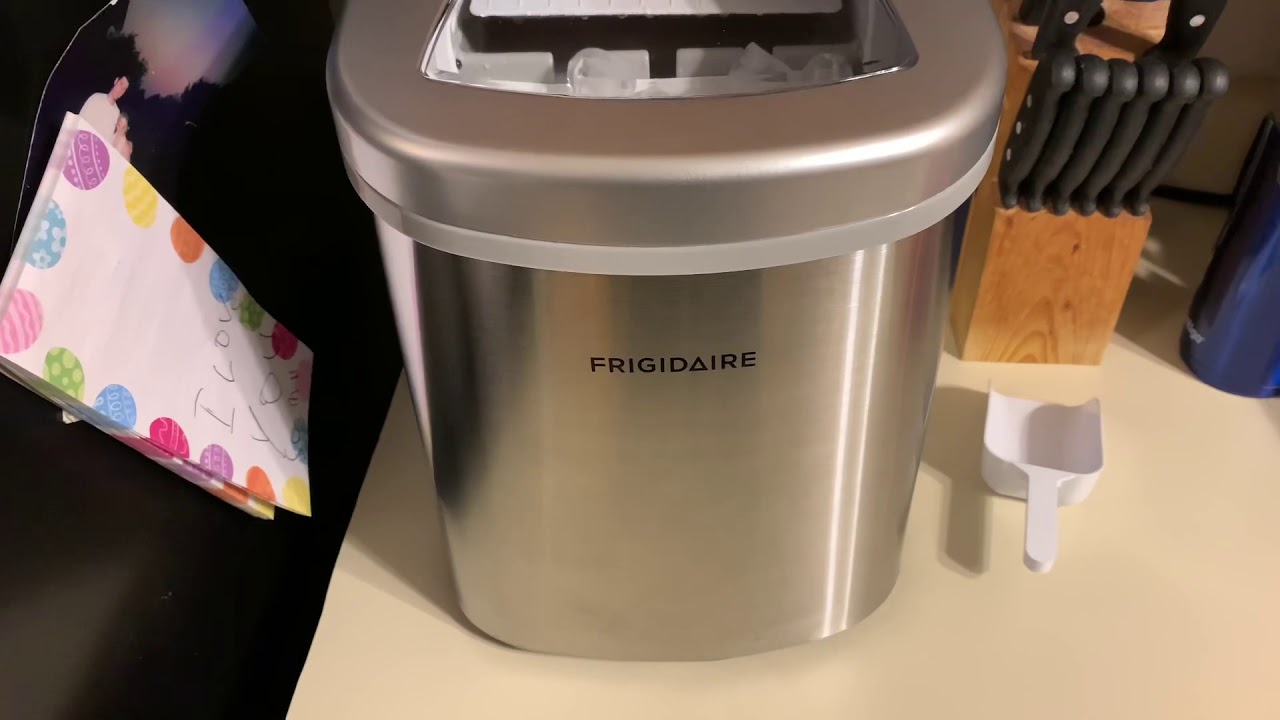
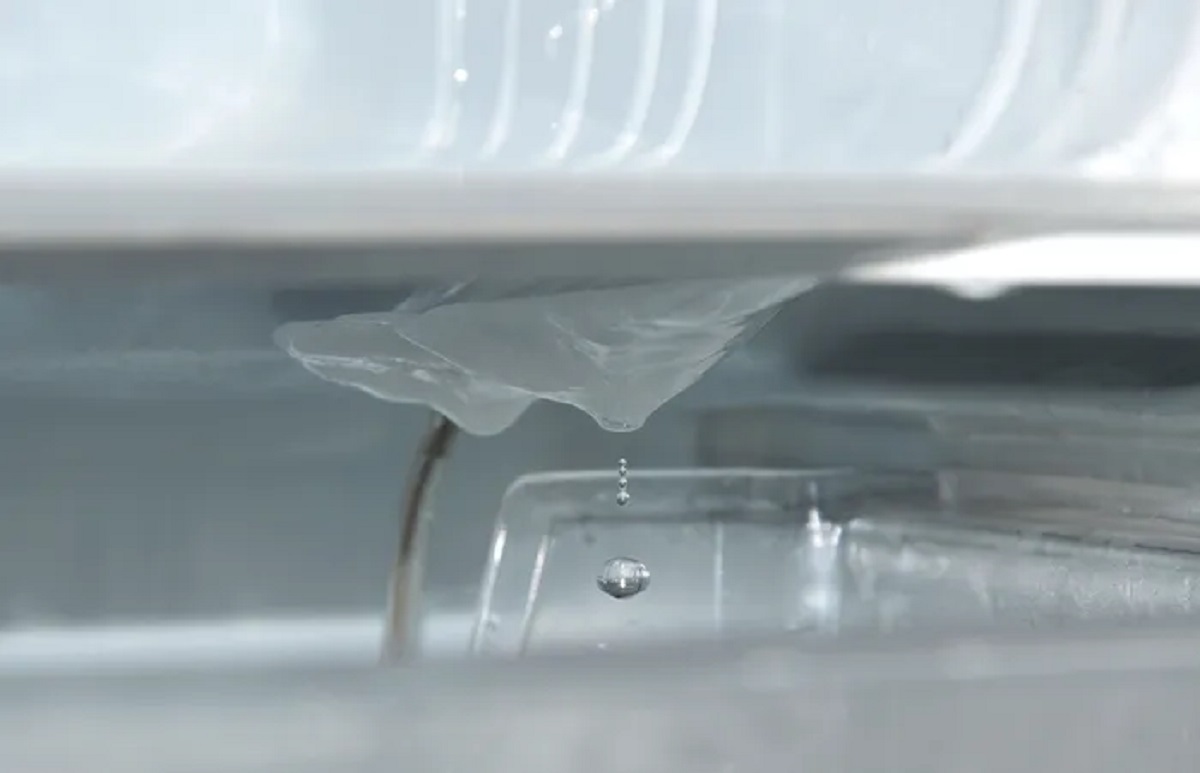
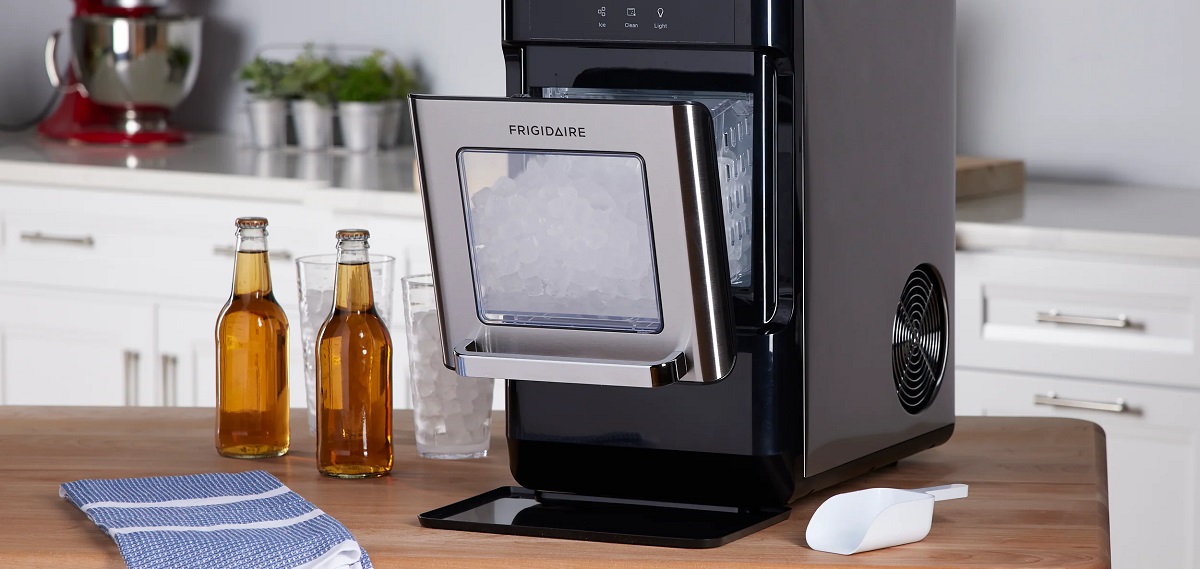
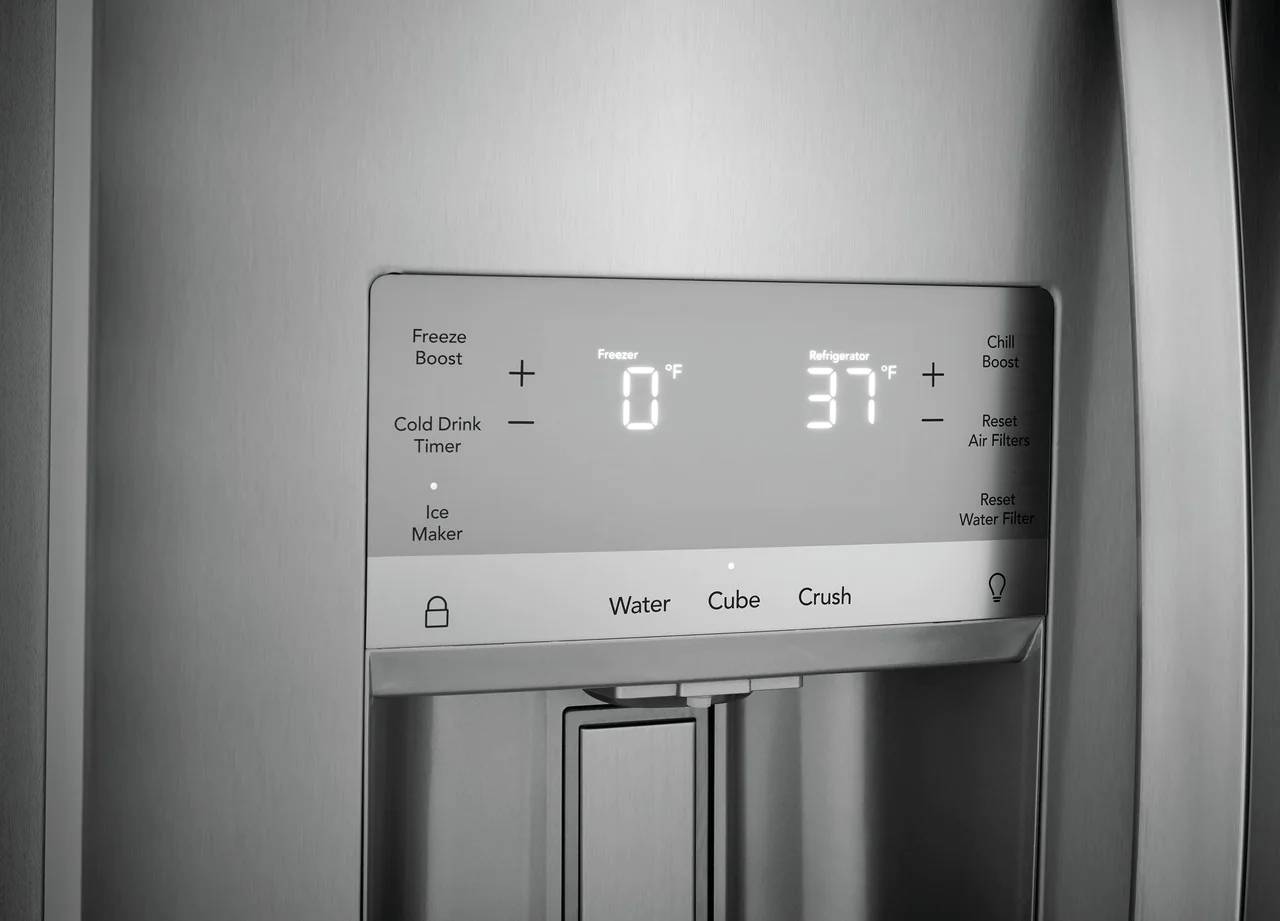
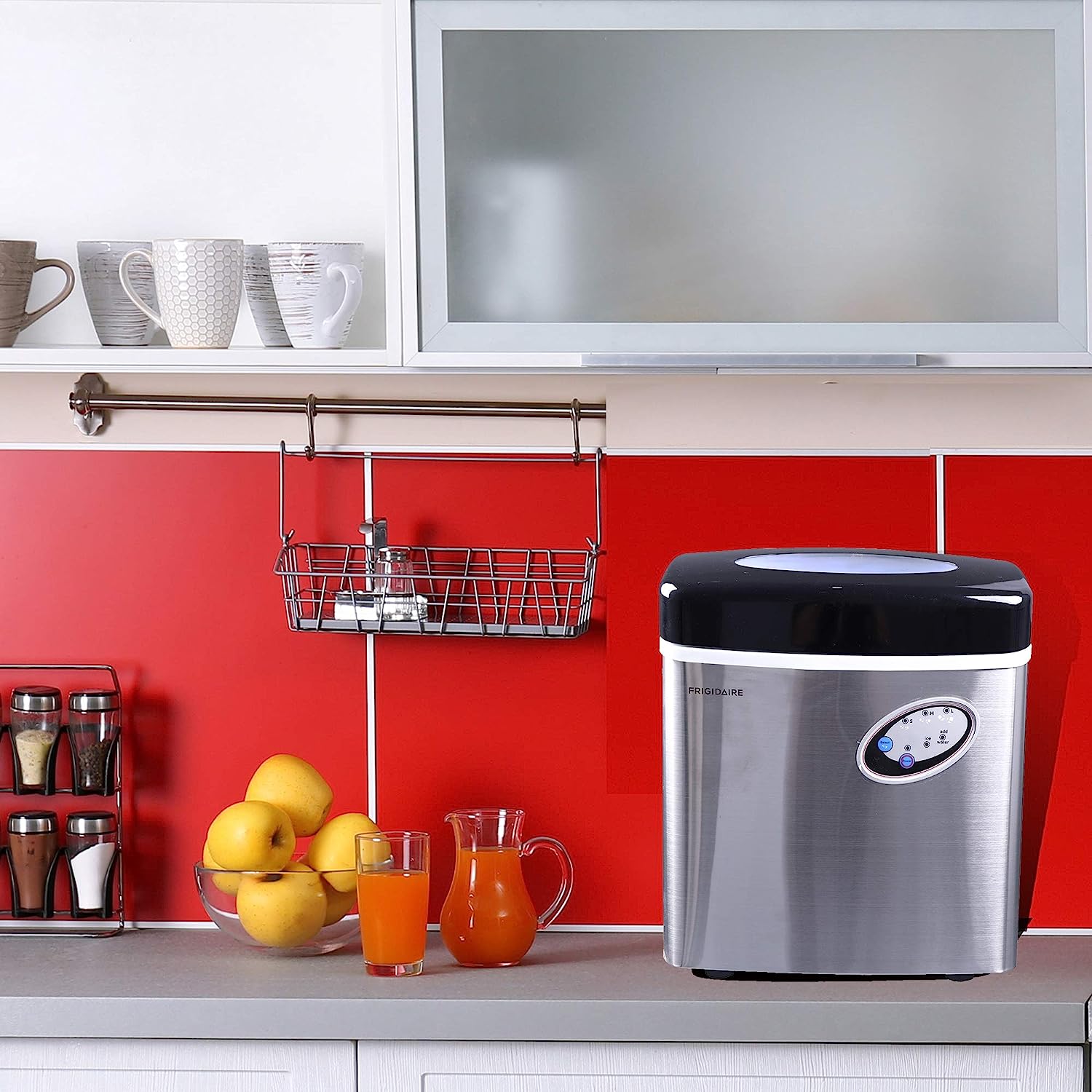
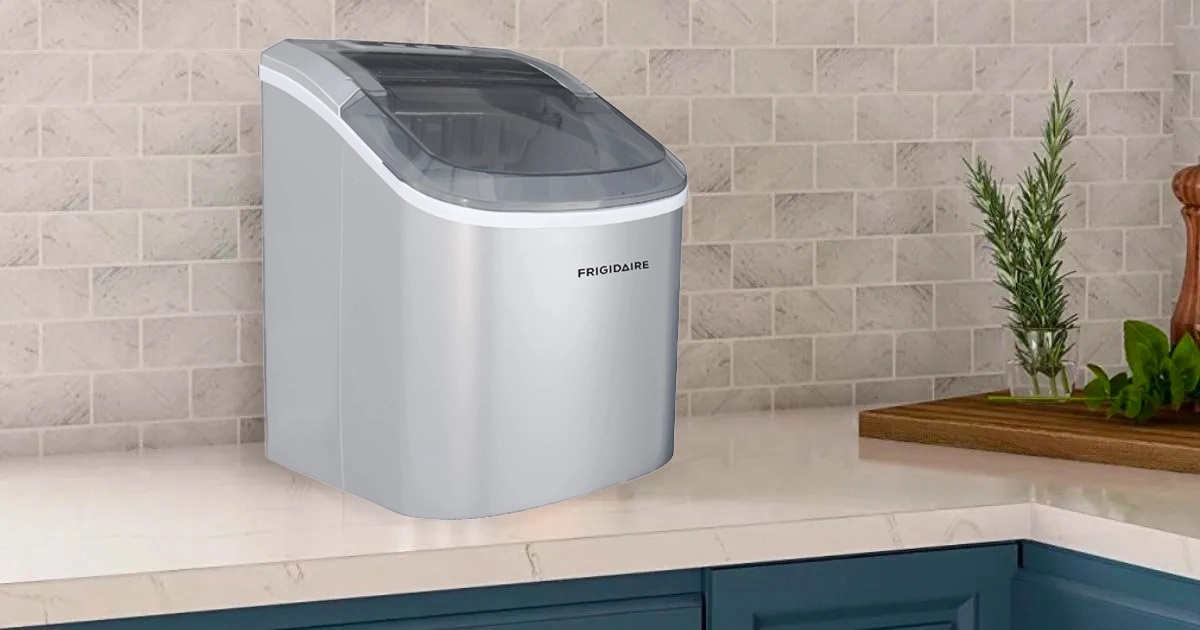
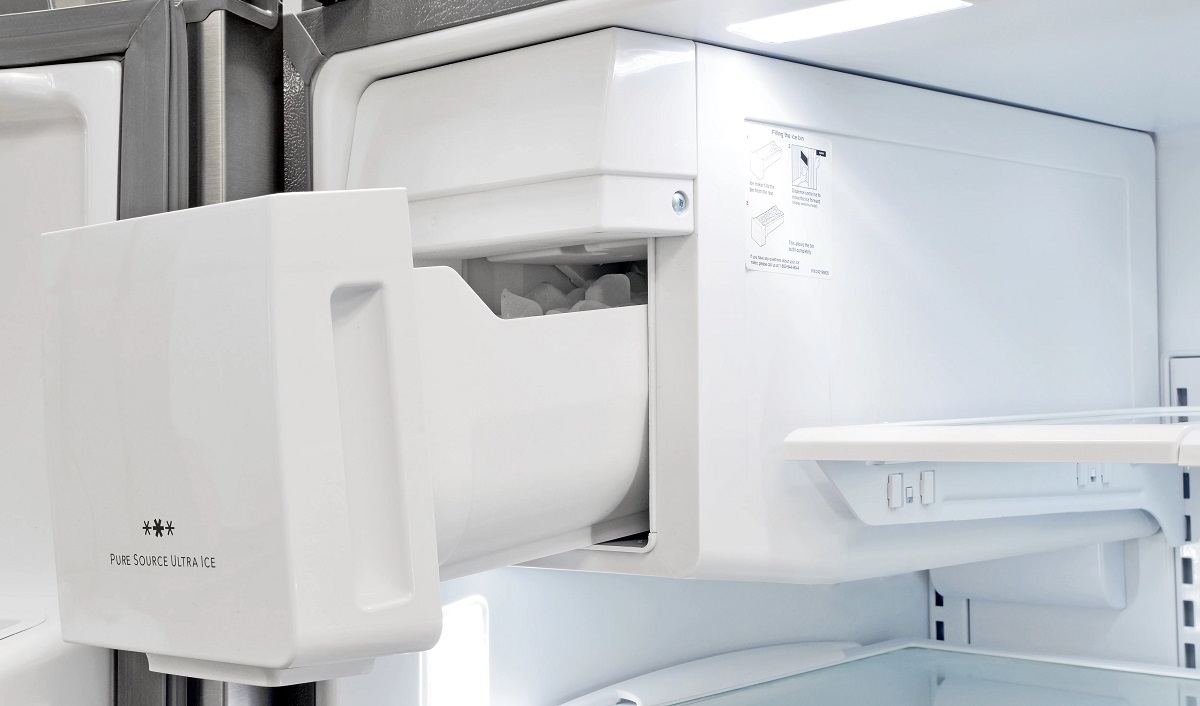
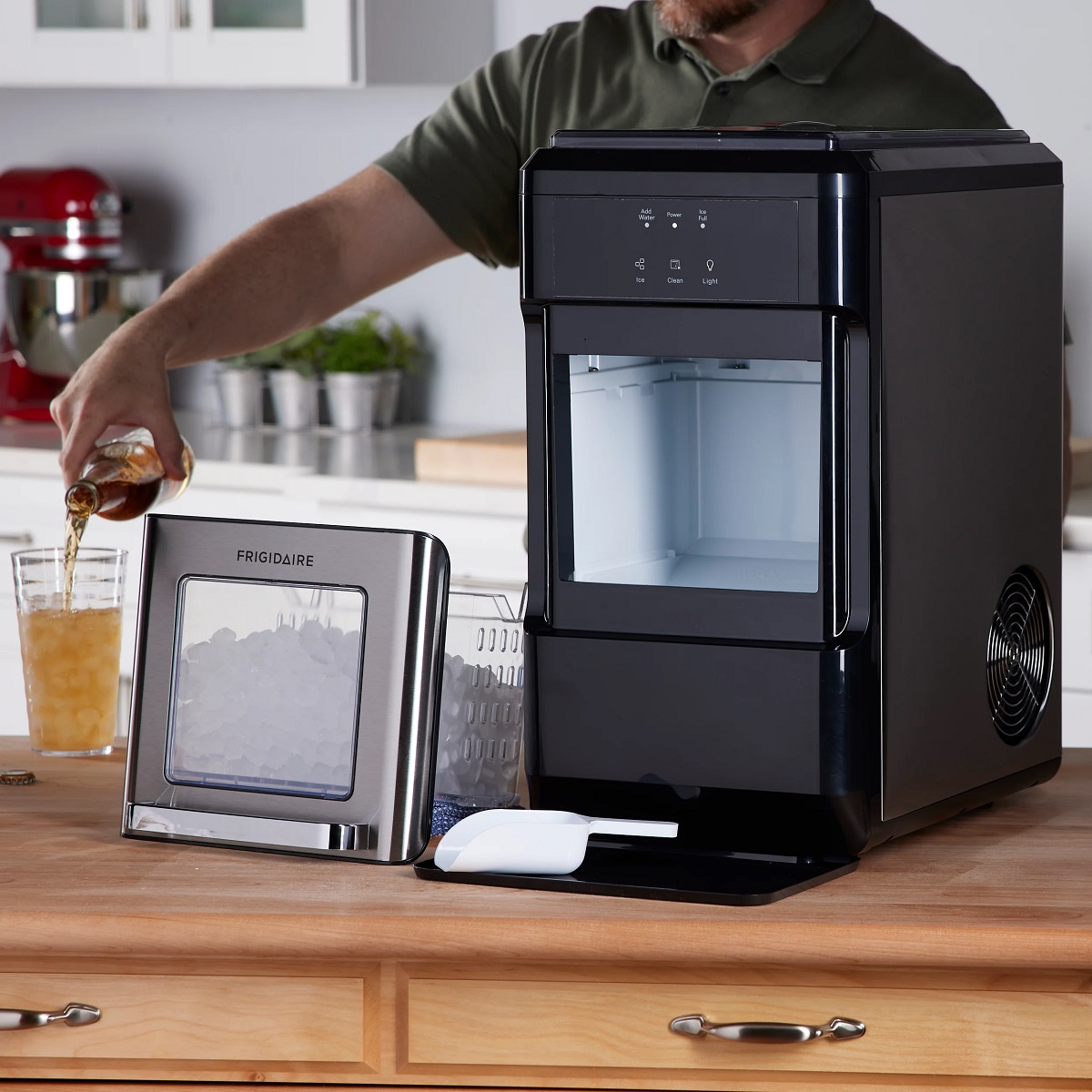
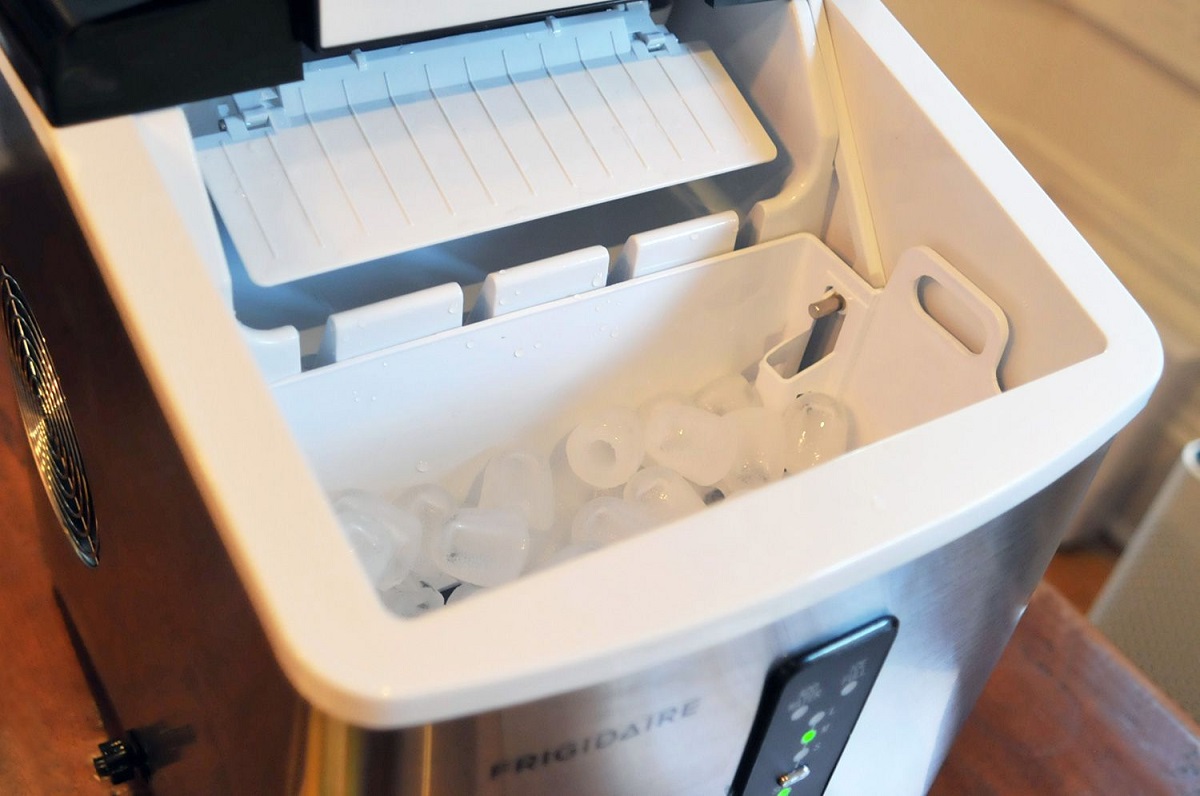
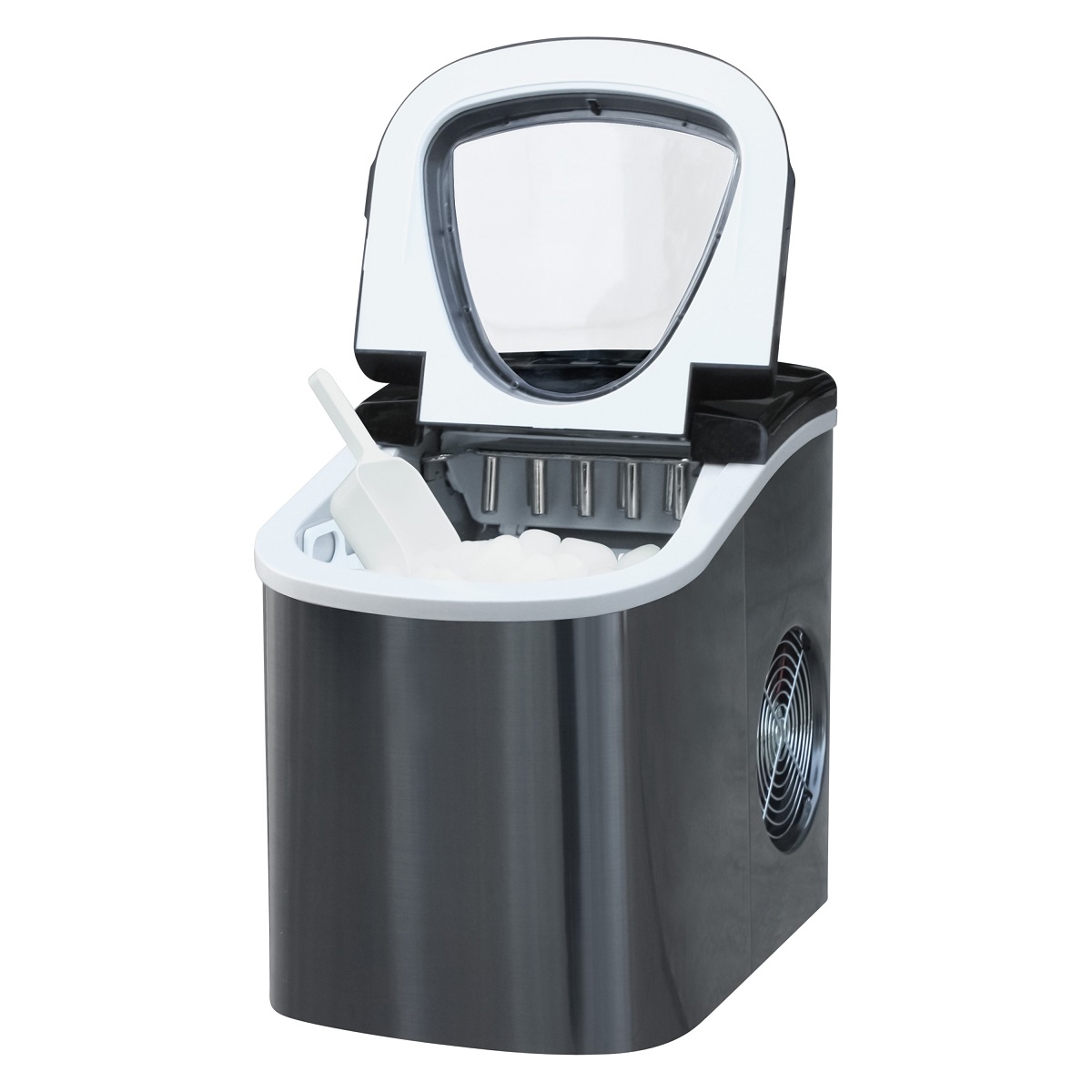
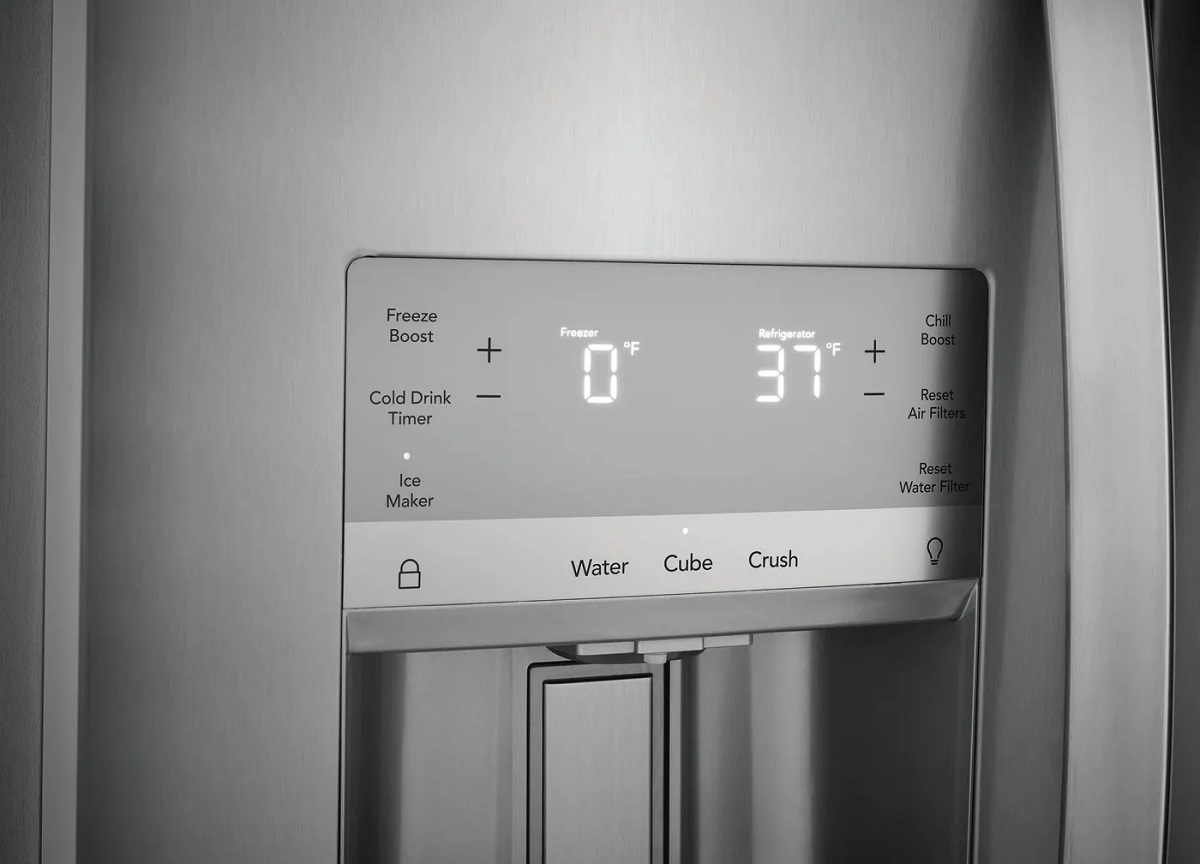
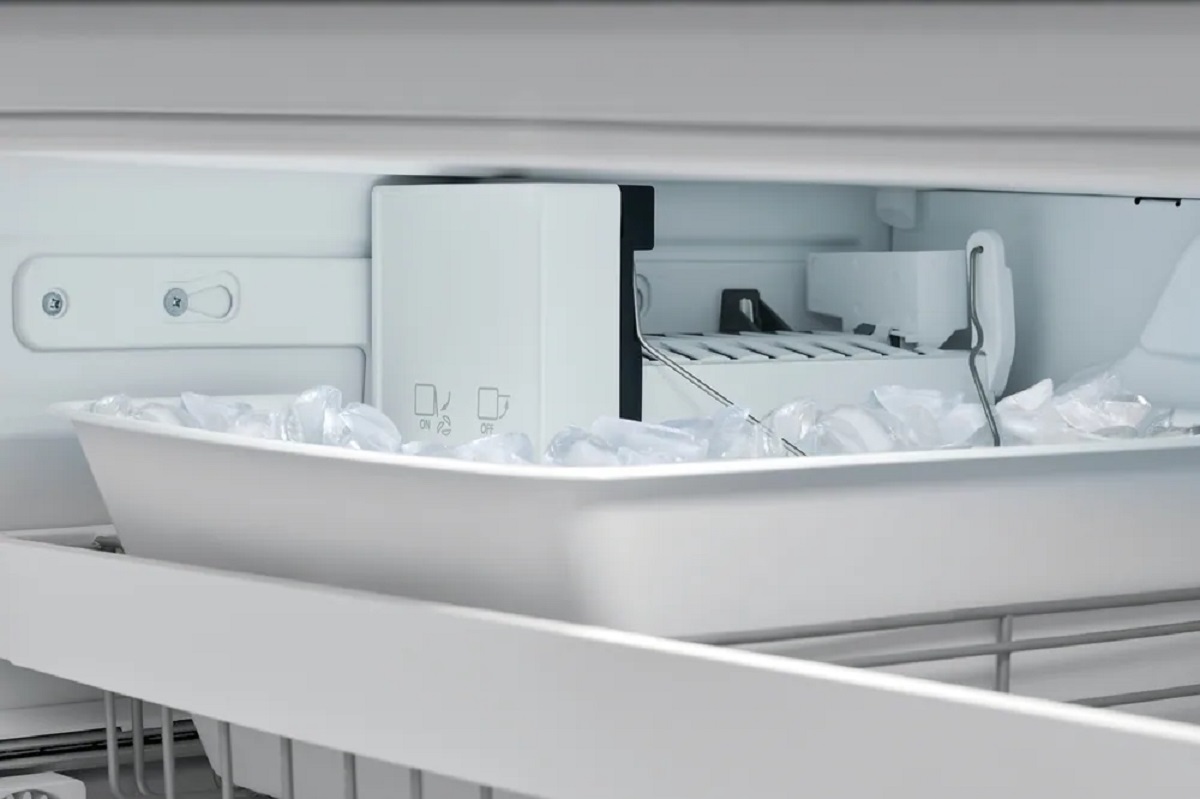
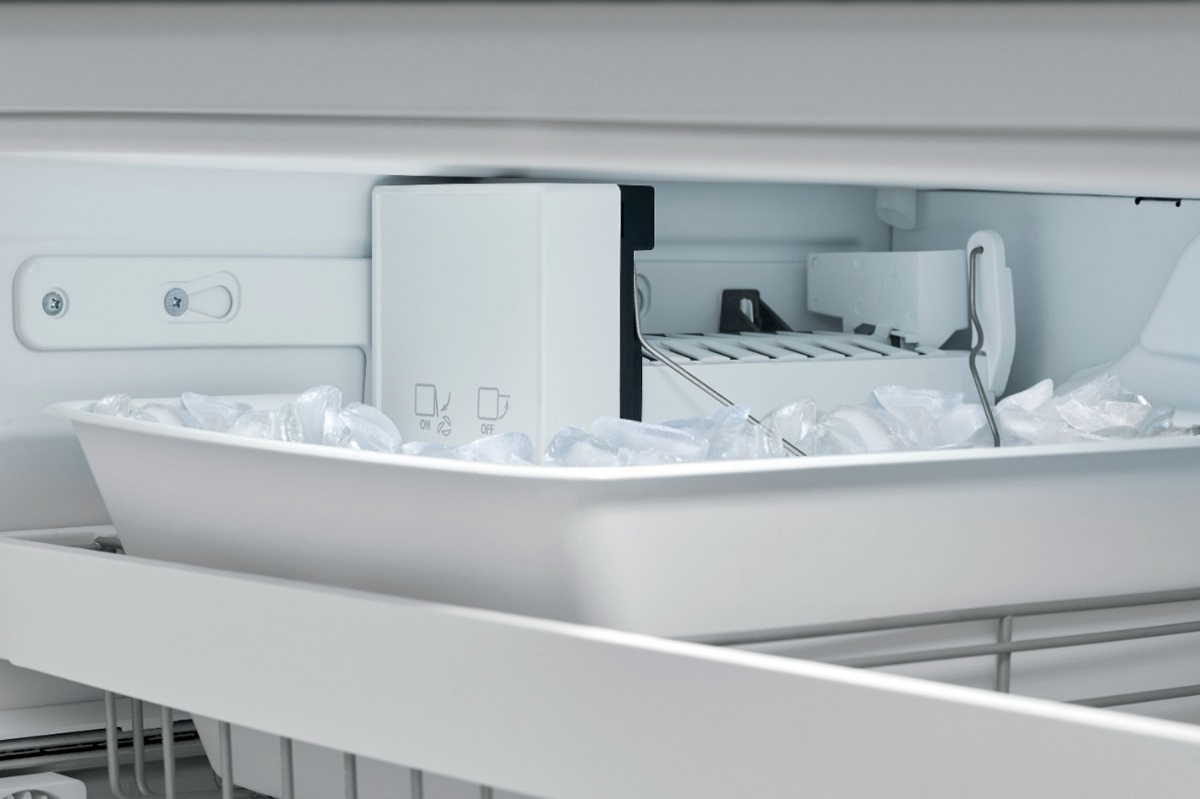
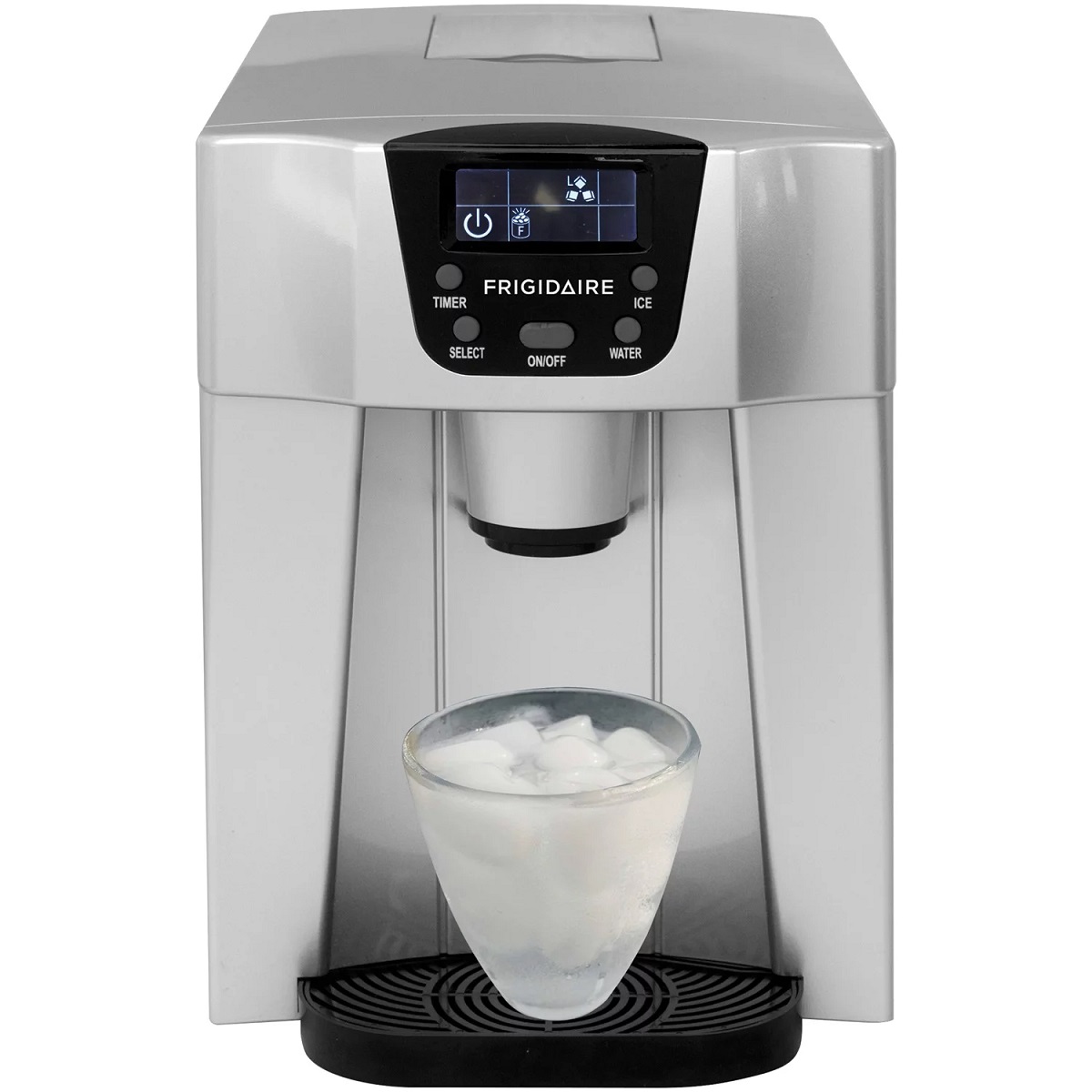

0 thoughts on “How To Work A Frigidaire Ice Maker”